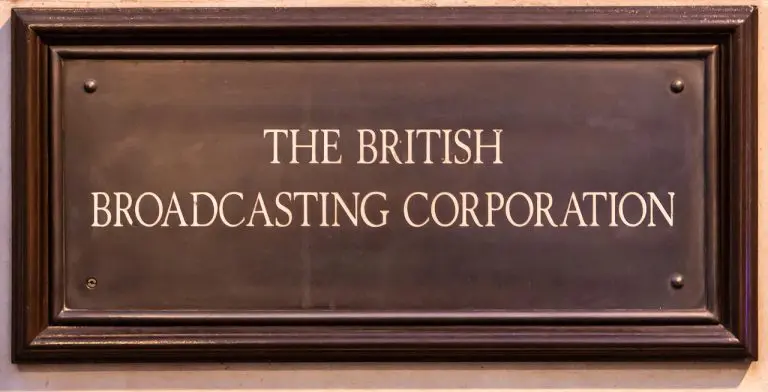
Generated with AI
The silent era film star Charlie Chaplin famously lost his own lookalike competition. That was back in the 1920s and one hundred years later, it’s just possible that an AI generated image or deepfakes could be mistaken for the real you.
AI generated deepfake media is ripping up the rule book when it comes to identity fraud and with it a new kind of PR crisis has arrived.
My take on AI is that if the Internet is a stressed out thirty something and social media is an unruly teenager then AI is a screaming infant in need of some serious boundaries. It’s a young technology, but it’s making its presence known.
Are We Human or Are We Deepfake?
John McCarthy, the computer scientist who coined the term Artificial Intelligence to describe a thinking computer, isn’t around anymore to update the instruction manual.
The son of a Kerry man who had emigrated to the US died in 2011, missing the boom that gave birth to today’s generative AI platforms.
He also missed out on the explosion of online synthetic media, the videos, images, text and audio files generated by algorithms called GANs (generative adversarial networks).
In 2025 your voice, your face and even your personal story can be deepfaked and used in hallucinatory ways that you, the rightful owner, would never dream of approving.
So here are some tried and tested PR tactics we generated at Fuzion, without the help of AI, to help protect your brand from this new kind of risk.
Top 4 PR tactics to use in the age of deepfakes
1: Create a safeword
Create a safeword that the AI doesn’t know yet. It may sound simplistic however this tactic worked well for the luxury carmaker Ferrari.
In 2024 an executive at Ferrari was sent several messages that appeared to be from his CEO Benedetto Vigna, urging him to complete a nondisclosure agreement.
In a follow up call, the executive asked the voice, which sounded exactly like his boss, to recall the name of a book the two had discussed days earlier. The fraudster was unable to do so, saving Ferrari from a deepfake fraud.

Ferrari avoided a Deepfake fraud.
2: Use your authentic voice and use SEO
AI tools are now being used to conduct online searches, so at Fuzion we recommend using your authentic voice to build trust.
Start building out your PR planning with social media and SEO strategies highlighting storytelling in your authentic voice based on your values.
The idea is you want to be easily identifiable and that your messaging is easily searchable and ranks high for intent. So if a deepfake goes off brand, your customers and stakeholders can tell.
3: Don’t post high-res images, use metadata and continuously risk assess
While celebrities were the early targets of deepfakes, corporations are increasingly reporting deception like we’ve never before seen.
You don’t want your CEO to be the face that launched a thousand memes, so don’t post high resolution images or videos of key personnel. Individuals who are frequently featured in the media and especially famous women are easily targeted without their consent.
Protect your digital assets when you do post by using metadata. For example, watermark digital media to protect intellectual property such as logos.
Conduct regular digital audits and continuously risk assess. For example, find out if your personnel are using hackable AI at work, leaving your systems vulnerable.
4: Include Deepfake scenarios into crisis planning
Crime as a Service (CaaS) is predicted to grow, as machine learning and in particular AI powered deepfakes become more sophisticated.
Earlier this month, Denmark said it is aiming to give citizens the legal right to their body, voice and facial features, in what’s likely to be pioneering legislation. But Pandora’s box is now wide open, and the legislation is simply racing to catch up.
So don’t wait around for a crisis to unfold. Include a deepfake scenario as part of your crisis communications planning which in 2025 must look at ways to prevent and counter disinformation and fraud.
Then test your plan in a crisis simulation and have an approvals process in place allocating roles, for evidence gathering and digital listening. The idea is if you wake up one morning and a deepfake is running away with your reputation you will have a plan of action.
In that nightmare scenario, calling a lawyer, the police or even jumping on Chat GPT probably won’t fix the problem. Having your PR advisor on speed dial is probably your best line of defense.

Istanbul, Turkey, November 8, 2022: Front panel of HAL 9000; A fictional artificial intelligence character in 2001 ‘A Space Odyssey’ movie, directed by Stanley Kubrick on display at the Istanbul Cinema Museum.
In conclusion, one movie that made a huge impact on me was the 1968 film 2001: A Space Odyssey.
In the final scene, HAL 9000, the AI computer in an attempt to stop his deactivation, started mimicking human emotion to manipulate Dave, a human into saving him.
To this day, the American Film Institute lists HAL as one of film’s greatest villains.
Maria







